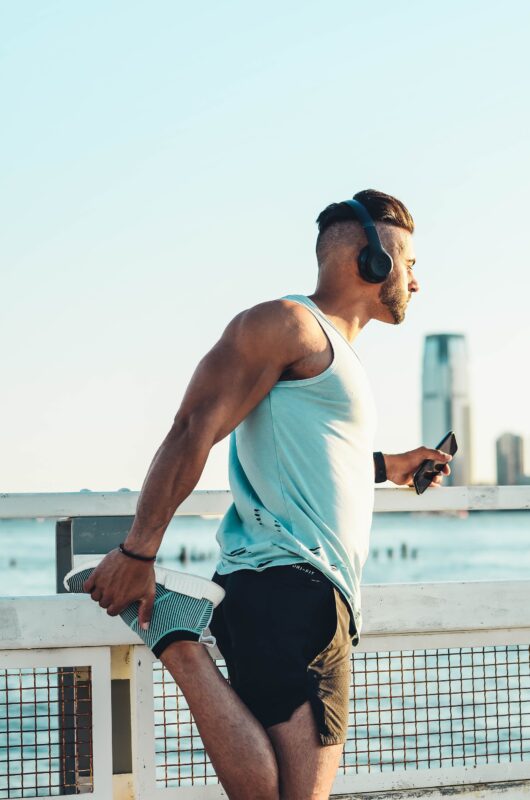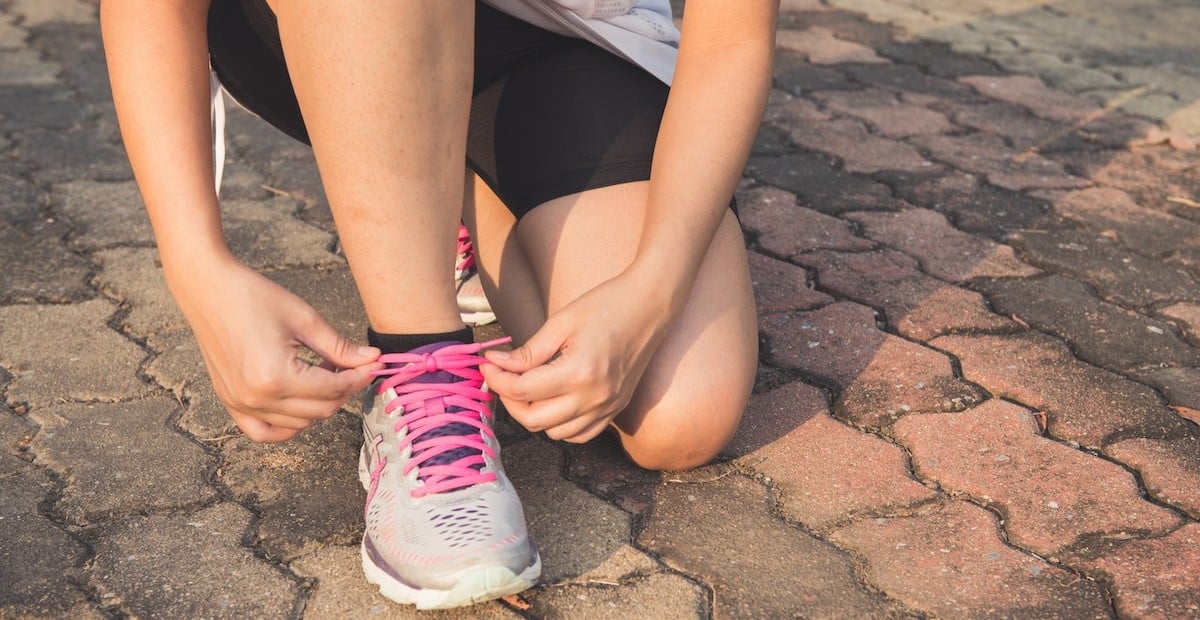
Contents
Knee pain, runner’s knee, life-changing knee injuries and wider issues with your leg muscles – let’s put a stop to them today
Knee exercises, recovery routines, a cool-down routine every time you have to run… it can be tedious, but when it comes to knee health, it’s all crucial. Knee injury can seem slight at first, but for most, that pain will develop. What’s more annoying than said pain stopping you from running this morning is, said pain stopping you for life. If you want to prevent knee pain, then you’re going to have to put a bit of work in. In reality, though, it’s nothing compared to the benefits of health you’ll receive as a result.
So, let’s look at some simple ways to prevent runner’s knee, stabilise knee joints and stop those veteran runners from becoming injured runners.
Let’s get into it.
Dynamic warm-ups
Dynamic stretches are shown to be more effective than static stretches. In essence, a dynamic stretch or dynamic warm-up will promote the flow of a very important fluid called synovial fluid. This fluid acts as a lubricant which helps promote healthy motion in your kneecaps and other joints.
What’s more, using this method will promote the dynamic use of wider joints and muscles too, meaning that the connected muscles and joints around the knee will have a reduced risk of injury. Simply, your entire body is connected and warming up muscles and joints that are connected to the knee will help protect your kneecap.
Shoes
Anything to reduce impact on the kneecap is brilliant. And even if it feels like a small reduction relative to stress, it should still be approached as being vital. From tight quads to an aching thigh bone, using the right shoes can help reduce stress in the wider areas too.
Kinetic Revolution writes, ”Because of the repetitive nature of the running gait cycle, small areas of overload around your knees (or anywhere else in your body, for that matter) caused by a bad footwear choice, will build up over time and potentially cause you knee pain, or another injury.”
Stop running on roads
Impact can be a fundamental killer of your knees. Without the softening absorbance of mud, grass and trail running, you can expect knee issues after a while. In essence, the force and impact drive up your leg, affecting ankle joints, knee joints and hip flexors too. This strain can cause inflammation, and the wearing of cartilage, essentially reduce mobility and increase potential pain quickly.



Conclusion
Get the right shoes, vary your terrain and always warm up and down properly. Running shoes are vital, get shoes that centre around suspension or absorption, focus on trails with grass or natural canopies, and use strengthening exercises to aid your warm-ups too.
FAQs
Is running form important for knee pain?
Naturally, form is important. But for your knees, it may be more about gear and warming up due to their linear motion (relatively speaking).